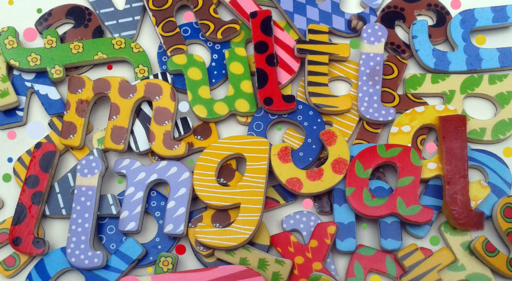One of the Armed Forces academies in Sweden has presented new language training to their young recruits. Those who have talents for languages set out from having zero know-how of a foreign language like Russian or Arabic to verbalizing it fluently within the gap of thirteen months. During the process of learning languages the recruits are trained all through the day and night, and entire weekdays and weekends at a speed that’s contrasting to any other course in language.

By Fluss (Own Work, via Wikipedia)
On and after the process of the training, the new recruits were examined by the association of researchers of the academy, in which has had an approximate exceptional prospect for them to see what happens to the human brain during the training in a very little span of time, seeing the relation of language ad science in the brain development of human beings.
On the other hand, the researchers being the control group were using medicine and reasoning science students from a certain another university who study very hard, but not in the reference of language. And the 2 groups were given a Magnetic Resonance Imaging (MRI) scan, which is a medical imaging method to observe human being’s internal body structures using the radiology in detail before and after the 3-month stage of the concentrated study.
In the control group, the brain structure remained unmovable, while the other group from Armed Forces students who studied new language, it was observed that some of the definite parts of their brain grew.
The study did really amaze the researchers who conducted the study. According to a Swedish researcher in psychology named Johan Martensson, “We were surprised that different parts of the brain developed to different degrees depending on how well the students performed and how much effort they had had to put in to keep up with the course.”
In the observation, the parts definite parts of the brain that expanded in size were the hippocampus, which is a deep-positioned brain structure that’s caught up in learning a new matter and spatial routing, and 3 parts in cerebral cortex.
“Even if we cannot compare three months of intensive language study with a lifetime of being bilingual, there is a lot to suggest that learning languages is a good way to keep the brain in shape,” Martensson added.

